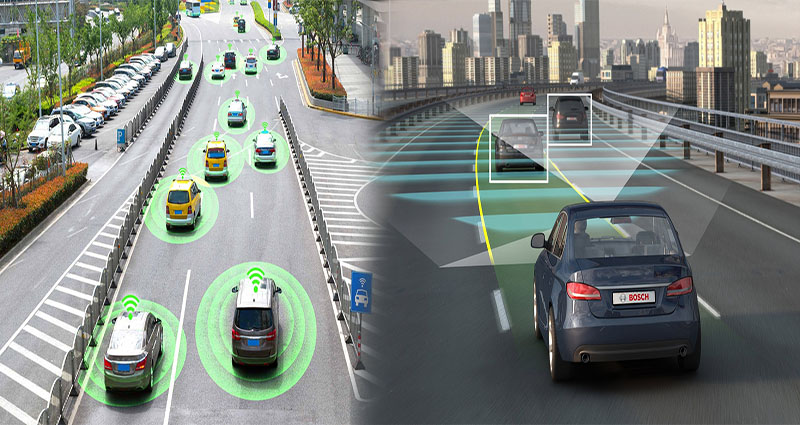In the pursuit of a greener and more sustainable future, the optimization of energy density is emerging as a driving force behind the next generation of eco-friendly transportation. Energy density refers to the amount of energy that can be stored in a given volume or weight of a power source, and it plays a crucial role in determining the performance and range of electric vehicles (EVs), as well as other forms of sustainable transportation. The ongoing advancements in energy density optimization are paving the way for more efficient and practical eco-friendly vehicles, accelerating the transition towards a cleaner and greener transportation system.
One of the key areas of focus in energy density optimization is the development of advanced battery technologies. Lithium-ion batteries, currently the most common energy storage solution in EVs, have made significant strides in improving their energy density over the years. Innovations in battery chemistries, electrode materials, and cell designs have resulted in higher energy density, enabling EVs to travel longer distances on a single charge. Increased energy density not only addresses the range anxiety commonly associated with electric vehicles but also expands the potential applications of electric technology to other forms of transportation, such as buses, trucks, and even airplanes.
Apart from lithium-ion batteries, researchers are also exploring alternative battery chemistries to further optimize energy density. Solid-state batteries, for instance, hold great promise as they offer the potential for even higher energy densities and improved safety compared to traditional lithium-ion batteries. By replacing the liquid electrolyte with a solid electrolyte, solid-state batteries can store more energy per unit volume or weight, making them an attractive option for achieving longer ranges in electric vehicles. While there are still challenges to overcome in terms of scalability and cost, the ongoing research and development efforts in solid-state batteries are driving the next wave of energy density optimization in eco-friendly transportation.
In addition to battery technologies, energy density optimization extends to other aspects of eco-friendly transportation. For instance, hydrogen fuel cells, which convert hydrogen and oxygen into electricity, are being explored as a viable alternative to traditional internal combustion engines. Hydrogen fuel cells offer the advantage of higher energy density compared to batteries, allowing for longer ranges and faster refueling times. As hydrogen infrastructure continues to improve and the efficiency of fuel cells increases, hydrogen-powered vehicles have the potential to play a significant role in decarbonizing transportation systems and reducing emissions.
Energy density optimization is not limited to on-road transportation; it also extends to other modes of eco-friendly transportation, such as electric aviation and maritime transport. These sectors face unique challenges due to the weight restrictions imposed by the need for lift or buoyancy. Higher energy density batteries or alternative energy sources, such as hydrogen, are crucial for powering electric airplanes, electric ships, and electric ferries. As technology continues to evolve and energy density optimization progresses, we can envision a future where seamlessly integrated and sustainable transportation systems are powered by high-performance, eco-friendly energy storage solutions.
Energy density optimization is driving the next generation of eco-friendly transportation by unlocking new possibilities for sustainable mobility. The continuous advancements in battery technologies, the exploration of alternative energy storage solutions like hydrogen fuel cells, and the expansion of energy density optimization to various forms of transportation are all contributing to a cleaner and greener future. As innovation and investment in energy density optimization continue to accelerate, we can look forward to a future where energy-efficient vehicles, powered by high-density energy sources, dominate our roads, skies, and seas, reducing emissions and paving the way for a more sustainable transportation system.





